Residential Demolition Guide: Step-by-Step Process for Cincinnati, Ohio Homes
Planning a residential demolition project can be a complex endeavor. Whether you're looking to rebuild, renovate, or clear space for new construction, understanding the step-by-step process is crucial for a successful outcome. In this guide, we will walk you through each stage of residential demolition, providing valuable insights and tips specific to homes in Cincinnati, Ohio, and the surrounding Tri-State Area. From initial planning to final site cleanup, let's explore the key aspects of a residential demolition project.
Step 1: Assess the Project Scope and Obtain Permits
Before starting a residential demolition project, it's essential to assess the scope of work and determine the necessary permits. Identify the specific areas of the property to be demolished, evaluate any potential hazardous materials, and consult local building authorities to obtain the required permits and documentation.
Step 2: Disconnect Utilities and Secure the Site
Prior to demolition, it's crucial to disconnect all utilities, including water, gas, electricity, and sewer connections. Safely shut off these services and ensure the site is secured to prevent unauthorized access during the demolition process.
Step 3: Asbestos and Hazardous Materials Abatement
If your home was constructed before the 1980s, it's important to address potential asbestos and hazardous materials. Engage a licensed professional to conduct thorough testing and, if necessary, safely remove and dispose of these materials following local regulations.
Step 4: Demolition Method and Equipment Selection
Choose the most appropriate demolition method based on the property's characteristics and surrounding environment. Options include mechanical demolition, selective demolition, or deconstruction. Select the suitable equipment, such as excavators or cranes, based on the project's scale and complexity.
Step 5: Demolition Execution and Debris Management
Execute the demolition process systematically, starting with the removal of non-structural elements and progressing to the core structure. Ensure proper debris management, including separating recyclable materials from non-recyclables, to minimize waste and support sustainable practices.
Step 6: Site Cleanup and Final Inspections
Once the demolition is complete, thoroughly clean and clear the site to remove any remaining debris. Conduct final inspections to ensure compliance with safety standards and regulations. Consider grading the land for future use or preparing it for construction or landscaping.
Click the button below or give us a call for a residential demolition quote.
Residential demolition projects require careful planning, adherence to regulations, and strategic execution. By following this step-by-step guide, homeowners in Cincinnati, Ohio, can navigate the demolition process with confidence and achieve successful outcomes. Remember to consult with experienced professionals for expert guidance and to ensure compliance with local laws. Whether you're rebuilding, renovating, or starting anew, a well-executed residential demolition project sets the foundation for your future vision.

